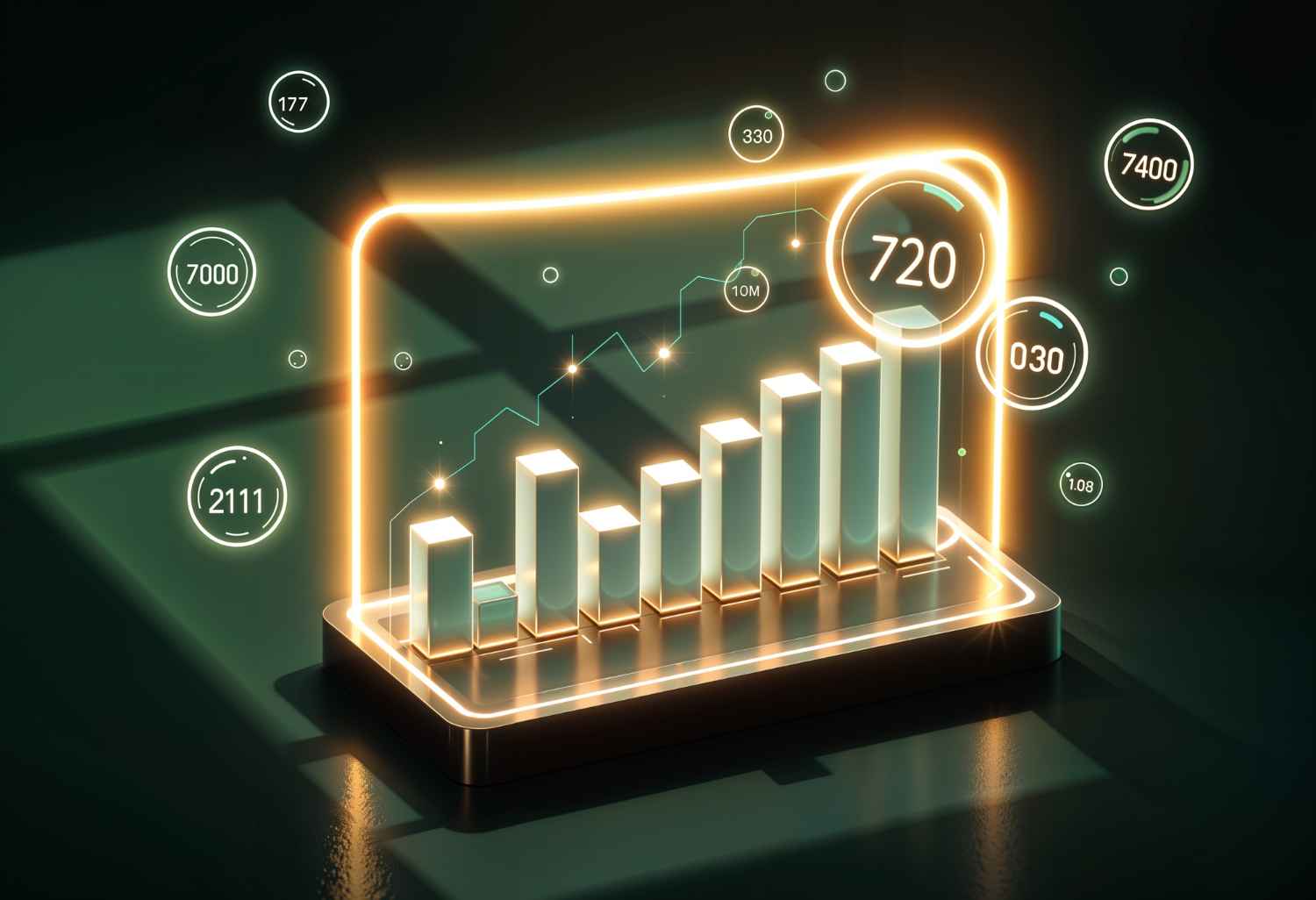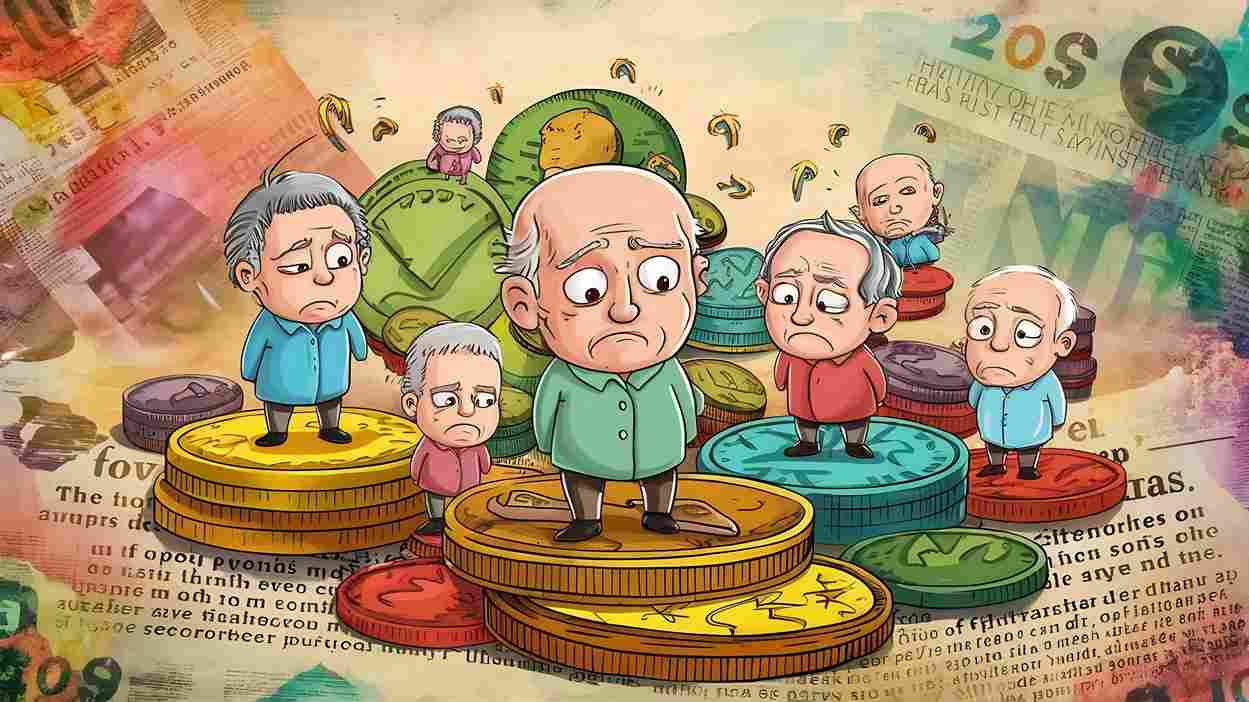When it comes to currency pairs like USD/JPY, there’s one beast that constantly lurks in the background—interest rate differentials. Sounds fancy, right? But here’s the thing: it’s actually one of the biggest driving forces behind this popular forex pair. If you’re confused about why the U.S. dollar strengthens or weakens against the Japanese yen seemingly out of nowhere, the answer almost always lies in the difference between U.S. and Japanese interest rates.
Let’s dive deep (and I mean really deep) into how this works, what makes traders tick, and why this pair is a rollercoaster you need to buckle up for.
What Are Interest Rate Differentials Anyway?
In simple words, interest rate differentials are the gap between the interest rates set by two different countries. For USD/JPY, we’re talking about the Federal Reserve (Fed) in the U.S. and the Bank of Japan (BoJ) in Japan.
Let’s say the Fed sets interest rates at 5% and the BoJ sets theirs at 0.1%. That gives us a differential of 4.9%. Sounds small, but in forex world, that’s a huge canyon. Traders look at this gap like hungry wolves—it’s a signal for where money wants to go.
Why? Because money chases yield. Would you rather stash your cash somewhere that earns you 0.1% interest or 5%? Exactly.
Why USD/JPY Is So Sensitive to These Rates
The USD/JPY pair is almost like a high-strung teenager—it overreacts to rate changes faster than you can blink. The second the Fed even hints at raising rates, USD/JPY usually jumps. If the BoJ, on the other hand, decides to stay boring and keeps rates near zero, the pair moves even more dramatically.
This is because the U.S. dollar becomes a more attractive investment. More interest = more demand = stronger dollar. Meanwhile, the yen becomes less appealing, so it weakens.
And boom! The USD/JPY chart starts looking like a mountain hike.
The Power of the Carry Trade
Here’s where it gets juicy: carry trading. This is the bread and butter of interest rate differential trading. Traders borrow in a low-interest currency (like JPY) and invest in a high-interest currency (like USD).
It’s like borrowing from a friend who charges you almost no interest and dumping that cash into something that gives you hefty returns. Sounds clever, right? It is—but it’s also super risky.
When things are stable, carry trades make bank. But the moment the market smells fear? Carry trades get crushed. Investors run for safety, and that’s usually the yen.
Why Japan Keeps Its Rates So Low
Ever wonder why Japan refuses to hike up interest rates? It’s not laziness—it’s desperation. Japan’s been battling deflation, low growth, and a sluggish economy for decades. Hiking rates could choke what little growth they have left.
Instead, the BoJ often resorts to ultra-loose monetary policy—slashing rates, printing money, and trying to pump life into a tired economy. But in doing so, they keep the yen weak. That’s a double-edged sword: great for exporters, bad for consumers.
How Fed Hikes Turbocharge the Dollar
On the flip side, the U.S. isn’t shy about raising rates, especially when inflation spikes. The Fed’s job is to keep prices stable and employment high. When inflation runs hot, they slam the brakes by hiking interest rates.
This makes the dollar more appealing for investors across the globe. Foreign capital rushes into the U.S., pushing USD/JPY higher and higher.
So when the Fed hikes and BoJ doesn’t? It’s like rocket fuel for the dollar.
Real-World Examples That Prove the Point
Let’s rewind to 2022. Inflation in the U.S. was on a rampage, and the Fed went on a rate-hiking spree. Meanwhile, Japan stayed stubbornly dovish. The result? USD/JPY soared past 150—a level not seen in decades.
That’s not just a chart pattern—it’s raw economic tug-of-war in motion.
And when markets thought the Fed might pause in early 2023? The pair quickly cooled off. Traders started unwinding carry trades, and the yen got a bit of its mojo back.
Market Sentiment Adds More Spice to the Mix
It’s not just cold, hard numbers that drive USD/JPY. Emotions play a part too. If markets feel anxious—maybe due to a geopolitical crisis, a financial meltdown, or just plain uncertainty—traders often run to the Japanese yen as a safe haven.
Even if the U.S. has higher rates, fear can overpower logic. It’s like dumping a high-paying job because your gut tells you something’s off.
So, yes, interest rate differentials are powerful—but they’re not everything.
The Role of Inflation in Rate Decisions
You can’t talk about interest rates without talking about inflation. Central banks raise rates to fight inflation and cut them to boost growth. The bigger the inflation threat, the higher the chance of rate hikes.
If inflation in the U.S. keeps rising, the Fed may hike even more, widening the rate differential with Japan. That fuels the USD/JPY uptrend. But if inflation cools off? The dollar loses steam.
For Japan, inflation has stayed low for years—barely hitting 2%. That’s why the BoJ hasn’t had much reason to hike. So the differential stays wide.
Speculation: Traders Betting on Future Rate Moves
Traders don’t just react to rate changes—they try to predict them. If markets believe the Fed will hike again, USD/JPY may rise even before it happens.
This is where things get messy. Speculation fuels volatility. One speech from the Fed Chair or one surprise CPI number can cause wild swings. It’s a game of poker, and traders are always trying to bluff each other.
BoJ Surprises Can Shake the Whole Market
While the BoJ is famously predictable, every once in a while, they shock the market. A surprise policy tweak—even something minor—can send the yen skyrocketing.
That’s because so many traders are shorting the yen (selling it) in carry trades. A sudden shift means they all rush to cover positions. Panic spreads. The charts go crazy.
So even though the BoJ usually sleeps, when it wakes up, the market panics.
What Happens When Both Central Banks Raise Rates?
Things get complicated when both the Fed and BoJ raise rates. The direction of USD/JPY then depends on who hikes faster or by how much.
If the Fed’s rate hike is aggressive and Japan’s is mild, USD/JPY can still climb. But if Japan shocks the world with a bold hike while the Fed pauses? The yen could dominate.
This tug-of-war becomes a battle of expectations, forecasts, and economic data.
Yield Curve Watching: A Trader’s Favorite Hobby
Smart traders don’t just watch short-term rates. They stare at the yield curve—a line that shows interest rates over different maturities.
If the U.S. 10-year Treasury yield is rising while Japan’s is flat, that screams opportunity. It’s a signal that the dollar could keep gaining. Investors pile into U.S. assets, pushing USD/JPY up again.
But if yields start falling? That’s a red flag. Time to rethink positions.
Why This Matters for You as a Trader
Ignoring interest rate differentials while trading USD/JPY is like driving blindfolded. You might survive for a while, but eventually, you’re going to crash.
Understanding the rate dynamics between the Fed and BoJ gives you a massive edge. It helps you predict trends, spot reversals, and avoid getting blindsided by central bank chaos.
And more importantly? It helps you avoid jumping into a trade just because the chart “looks good.” Rates matter. Always.
Conclusion: It’s Not Just Numbers—It’s a War of Strategies
At the end of the day, interest rate differentials are the heartbeat of the USD/JPY pair. They guide long-term trends, trigger short-term breakouts, and influence trader psychology in deep ways.
But remember, this isn’t just a math equation. It’s a war of central banks, market expectations, inflation pressures, and fear-driven moves. The difference in rates is just the start—what traders think will happen next is what really drives this market wild.
So the next time you see USD/JPY shoot up or crash, don’t just stare at the chart. Ask yourself: what’s going on with interest rates? What are the Fed and BoJ whispering into the ears of traders?
Because in forex, those whispers often turn into roars.
FAQs
1. Why does the yen fall when the U.S. raises rates?
Because investors prefer higher returns. U.S. rate hikes attract capital, making the dollar stronger and the yen weaker.
2. What is the carry trade in USD/JPY?
It’s when traders borrow yen at low interest and invest in dollars to profit from the interest rate gap.
3. Can interest rates alone predict USD/JPY direction?
Not always. Fear, inflation, and central bank surprises can override rate differences.
4. Why does Japan keep interest rates so low?
To fight deflation and support its struggling economy. Higher rates could hurt growth even more.
5. What happens if Japan raises rates unexpectedly?
It could cause a sharp yen rally, forcing traders to exit carry trades and triggering market panic.




